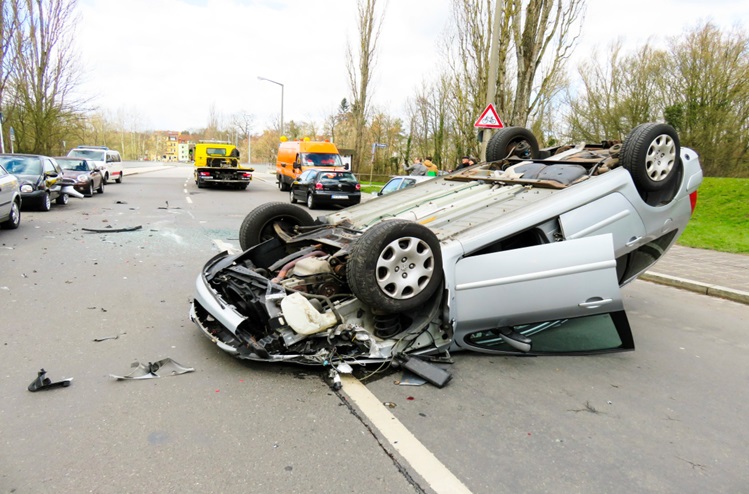Who Pays to Fix Your Car after an Alaska Accident?

Getting into a car accident is undoubtedly a stressful experience, and the aftermath can be equally overwhelming. One primary concern arising after an accident is who will bear the financial burden of repairing the damaged vehicle.
Several key factors come into play when determining who pays for the repairs, including the extent of the damage, fault allocation, and available insurance coverage. In this article, you learn the different scenarios that may arise after an Alaska accident and discuss your options for fixing your car.
Repair Costs and the Value of Your Car
When it comes to repairing your car after an accident, the first consideration is the repair costs in relation to the value of your vehicle. In some cases, the repair estimates might exceed the actual value of your car.
When this happens, the insurance company may declare your vehicle a “total loss.” In such situations, the insurer will pay you the actual cash value of your car and take possession of the vehicle. The actual cash value may be lower than what you originally paid for the car due to depreciation.
If you are in this situation, hire an auto accident lawyer in Alaska. Your attorney could assist you in negotiating a fair settlement with the insurance company and ensure you receive adequate compensation for your vehicle.
Making a Claim With the Other Driver’s Insurer
If another driver was at fault for the accident, you can claim with their insurance company to cover the repair costs. This process is known as a “third party” insurance claim. To initiate the claim, you must gather evidence, such as photos of the damage, the police report, and any witness statements. Submitting a detailed estimate of the repair costs will also be necessary. The other driver’s insurer will evaluate the claim and determine the amount they will pay for the repairs.
Using Your Own Collision Coverage
Alternatively, you can file a claim with your insurer if you have collision coverage as part of your auto insurance policy. Collision coverage is designed to cover the cost of repairing or replacing your vehicle in the event of an accident, regardless of fault. This means that even if you were responsible for the accident, you can still file a claim with your own insurer and have your vehicle repaired.
When filing a claim with your collision coverage, you will typically need to pay the applicable deductible. The deductible is the amount you are responsible for before your insurance coverage kicks in. Once you pay the deductible, the insurance company will cover the remaining repair costs up to the policy limits.
Note that collision coverage may lead to an increase in your insurance premiums. Insurance companies consider factors such as the frequency of claims and your level of risk when determining premiums.
Using Your Own Comprehensive Coverage
Comprehensive coverage is another type of insurance that can come into play if your car has been damaged in an accident. Unlike collision coverage, comprehensive coverage applies to non-collision incidents such as theft, vandalism, or weather-related damage.
If your car was damaged due to one of these events, you can file a claim with your insurer under your comprehensive coverage. Like collision coverage, you must pay the applicable deductible, and the insurance company will cover the remaining repair costs up to the policy limits.
What If You Were at Fault for Your Vehicle’s Damage?
In cases where you were at fault for the accident, you may still have options for getting your vehicle repaired. If you have collision coverage, you can file a claim with your insurer and pay the applicable deductible. The insurance company will cover the remaining repair costs up to the policy limits.
Getting the Insurer to Pay For Your Repair Costs
Whether you are filing a claim with your own insurer or the other driver’s insurer, providing all necessary documentation to support your claim is essential. This includes the police report, photographs of the damage, repair estimates, and other relevant evidence. It’s also advisable to keep a record of all communication with the insurance company and to follow up regularly to ensure the progress of your claim.
When the insurance company is uncooperative or refuses to cover the full cost of repairs, it may be necessary to hire an accident lawyer. Accident attorneys have the expertise to navigate the legal complexities and negotiate with the insurer on your behalf.
Determining who pays for the repairs after an Alaska accident depends on various factors. Whether you file a claim with your insurer or the other driver’s insurer, it’s important to gather all necessary documentation and consider seeking legal assistance when needed. Taking prompt and proactive steps helps you navigate the post-accident process more effectively and increase your chances of receiving proper compensation for your car repairs.